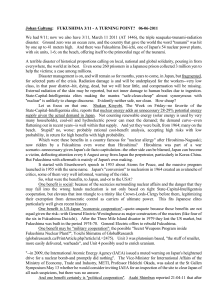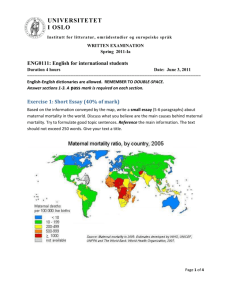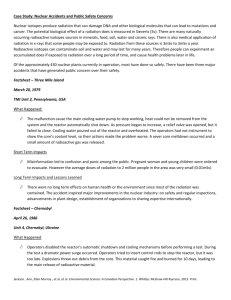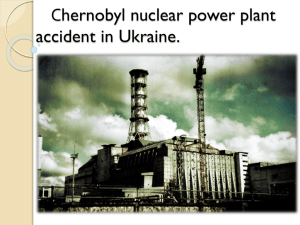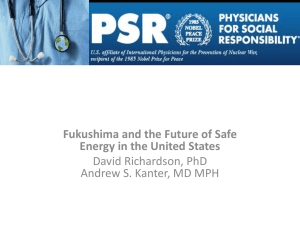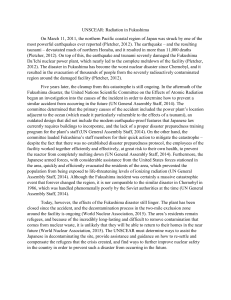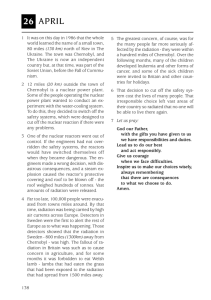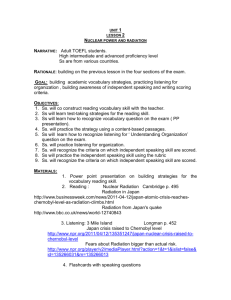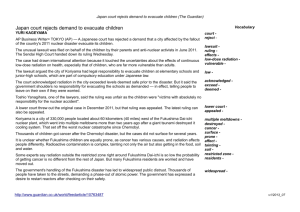IEEE Spectrum 3 Nuclear Accidents
advertisement
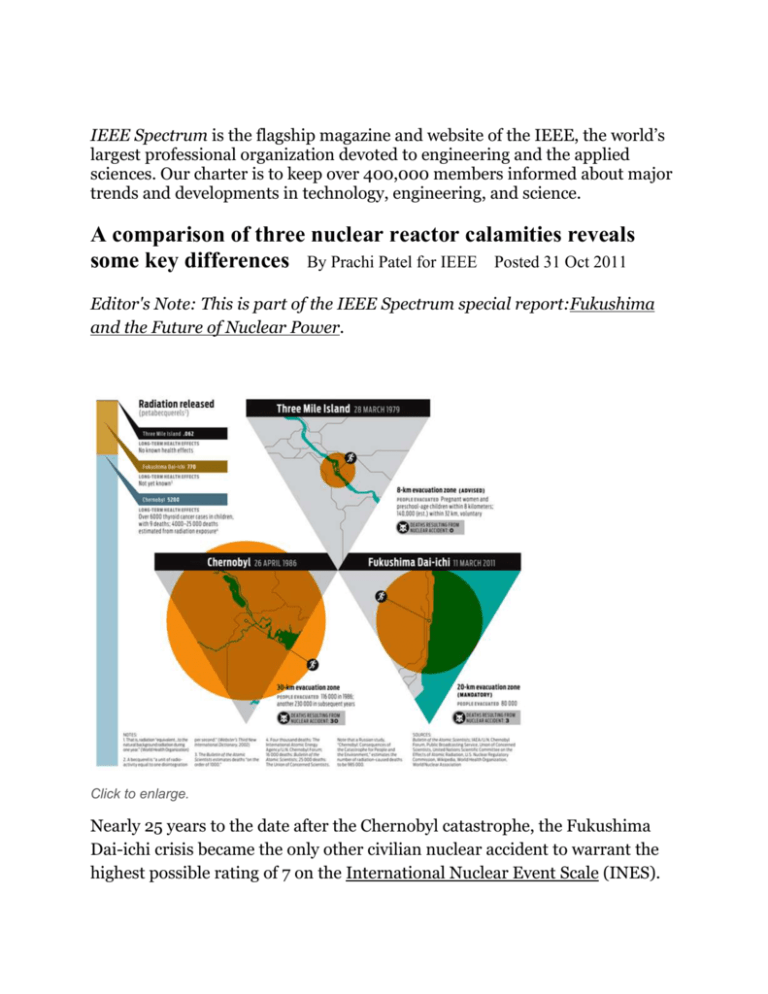
IEEE Spectrum is the flagship magazine and website of the IEEE, the world’s largest professional organization devoted to engineering and the applied sciences. Our charter is to keep over 400,000 members informed about major trends and developments in technology, engineering, and science. A comparison of three nuclear reactor calamities reveals some key differences By Prachi Patel for IEEE Posted 31 Oct 2011 Editor's Note: This is part of the IEEE Spectrum special report:Fukushima and the Future of Nuclear Power. Click to enlarge. Nearly 25 years to the date after the Chernobyl catastrophe, the Fukushima Dai-ichi crisis became the only other civilian nuclear accident to warrant the highest possible rating of 7 on the International Nuclear Event Scale (INES). The scale judges the severity of nuclear events by their impact on people and the environment. By contrast, Three Mile Island, another incident seared in memory as a reminder of what can go wrong with nuclear power generation, rated a 5 on the INES. The scale is logarithmic—meaning the U.S. event was roughly one one-hundredth as serious—and is self-defined (in the case of Fukushima, byJapan's Nuclear and Industrial Safety Agency). While Fukushima and Chernobyl received equally high ratings, it's not obvious they were equivalent in severity. When the reactor exploded at Chernobyl, there were 600 workers at the plant. Two died as a result of the explosion, and of the 134 who acquired acute radiation sickness, 28 died within weeks. The lack of a containment vessel around the reactor and a graphite fire that burned for 10 days led to radiation spreading high and wide. By contrast, no deaths have resulted from the Fukushima accident's radiation release, although three workers died in mishaps. The amount of harmful iodine-131 equivalent1 radiation released was about one-seventh the amount dispersed at Chernobyl. Of course, it's too early to estimate Fukushima's full health and ecological impact.

